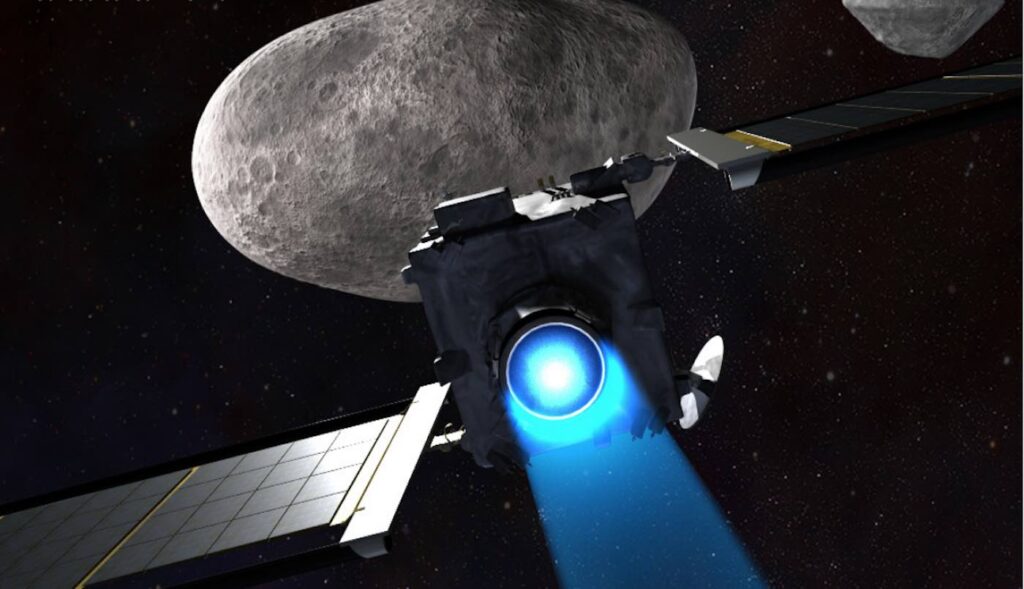Good News About Potential Upcoming Asteroid Colliding with Earth: We’ve Deflected Them Before and Can Do So Again

Got any plans for December 22nd, 2032? You may consider canceling them, as there’s a non-zero percent chance that an asteroid will strike the Earth with an explosive force equivalent to thousands of the atomic bombs dropped on Hiroshima.
But don’t worry! Despite being the only identified near-Earth object out of 37,000 with a greater-than-zero percent chance of hitting the Earth, humanity has a secret weapon.
As GNN reported three years ago, a vital space test was conducted by NASA called the Double Asteroid Redirection Test (DART) which proved that as long as we have advanced notice, we can send out a simple satellite to redirect any potentially hostile asteroids.
On January 29th, NASA concluded its analysis of the orbit of the object ‘2024 YR4’ and found it has a more than 1% chance of impacting Earth. Measuring between 130 and 300 feet in length, an asteroid of this size would impact with a force of between 10 and 20 megatons, or around the same force as the Castle Bravo thermonuclear warhead, the largest weapons test ever conducted by the US during the Cold War.
It was detected by the NASA-funded Asteroid Terrestrial-impact Last Alert System (ATLAS) station in Chile, which has found potentially destructive asteroids in our neighborhood before, but what typically happens is that as more data is collected, the risk of impact is perceived at first as higher, before eventually sinking back toward 0%.
Even if 2024 YR4 should remain hovering around 1%, should humanity choose to, we have already proven we can nudge asteroids out of their collision course with Earth.
INTERACTING WITH SPACE: SpaceX Lands its Rocket On a Dime– So it Can Be Reused and Launched Back into Orbit
The Double-Asteroid Redirection Test, or DART, was sent far into the solar system to strike an asteroid called Dimorphos which orbited a larger rock called Didymos, neither of which will ever pose a threat to Earth, but were the perfect testing candidates.
The researchers expected the impact to shorten Dimorphos’ orbit around Didymos by about 1%, or roughly 10 minutes, which if applied to an asteroid with the potential to strike Earth, would be many times more of a correction than would ultimately be necessary considering the size and distances of outer space.
GLOBAL UNDERTAKINGS: Father-Daughter Duo Won the Race to Decode an Extraterrestrial Message–Sent from Mars to Test Humanity
DART was the first mission of NASA’s Planetary Defense Coordination Office, a division that exclusively works to defend Earth from objects that could send us the way of the dinosaurs.
“Planetary Defense is a globally unifying effort that affects everyone living on Earth,” said Thomas Zurbuchen, associate administrator for the Science Mission Directorate at NASA Headquarters in Washington at the time of the impact.
“Now we know we can aim a spacecraft with the precision needed to impact even a small body in space. Just a small change in its speed is all we need to make a significant difference in the path an asteroid travels.”
COUNTER Mainstream Media Fearmongering By SHARING This Positive Story…
>read more at © GoodNews
Views: 1